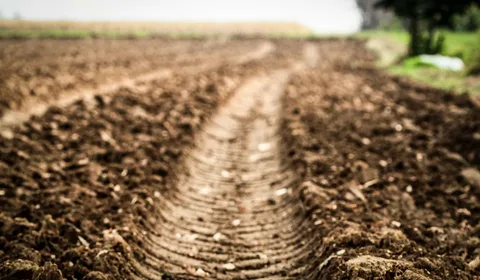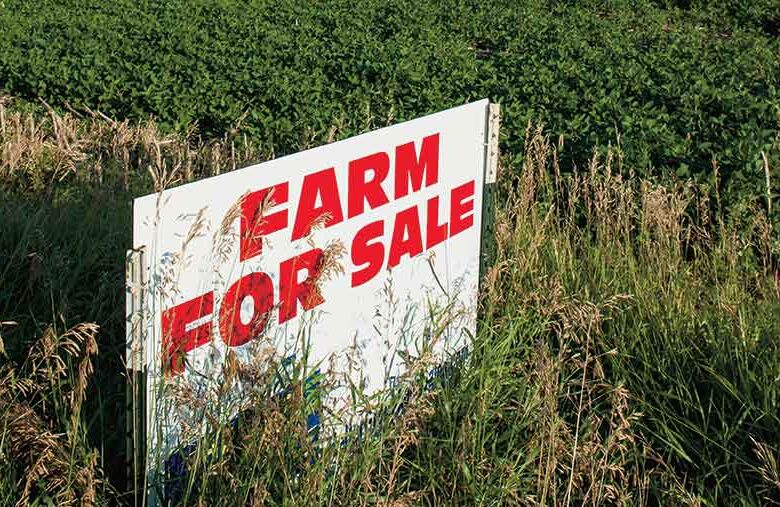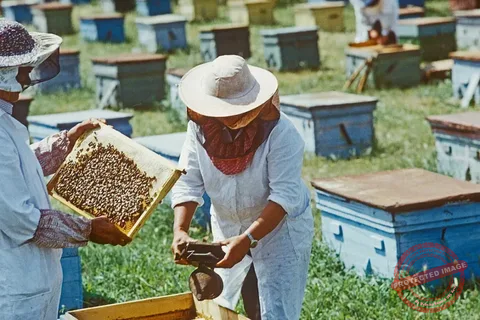Farming today doesn’t look like it did 30 years ago. Sure, we still put seeds in the soil, watch the weather, and hope for a good harvest. But the tools in our hands are changing fast. These days, farm management software is becoming as essential as the tractor parked in the barn. For some folks, that might sound like another complicated tech thing, but for many of us in the field, it’s becoming the secret weapon that keeps our crop planning organized, efficient, and less stressful.
I remember the first year I tried juggling multiple crop schedules without any digital help. I had corn in one field, soybeans in another, and a small section of vegetables I was experimenting with. My notebook was filled with scribbles, planting dates, and fertilizer notes, but when the rains came early, I couldn’t keep up. Some crops went in too late, others got the wrong spacing, and my yields suffered. That’s when I realized I needed more than a notebook and memory. I needed a system that could think ahead and adjust with me.
Farm management software, especially crop management software, doesn’t farm for you. But it does something just as valuable—it helps you plan smarter. It pulls together data, tracks your inputs, forecasts timelines, and makes sure you don’t forget the little details that can make or break a season. Think of it like a farmhand who never gets tired, forgetful, or distracted. The more I’ve used it, the more I see how it saves time, reduces mistakes, and ultimately increases efficiency in ways I couldn’t imagine before.
Why Crop Planning Matters More Than Ever
Crop planning isn’t just about knowing when to plant. It’s about getting the right crop in the right soil at the right time. Weather patterns are unpredictable, markets fluctuate, and resources like water and fertilizer are expensive. Good planning is what separates a smooth harvest from a stressful one.
The truth is, many farmers rely on gut feeling or experience alone. While experience is priceless, today’s challenges require more precision. With farm management software, you don’t just plan based on memory—you plan using real data. That’s a game changer.
The Role of Crop Management Software in Modern Farming
So, what exactly does crop management software do for farmers? In simple terms, it takes the guesswork out of farming. It helps organize planting schedules, tracks soil health, records fertilizer use, and even monitors labor costs. It’s like putting your entire farm operation on a dashboard you can check anytime.
Imagine waking up in the morning and having a clear breakdown of which field needs attention, what inputs are running low, and when your next planting window is. Instead of scrambling to remember details, you can focus on the actual work.
Real-Life Example: A Farm Season Without Stress
A friend of mine in Iowa used to struggle with planning his rotation between corn and soybeans. One year he planted late because he forgot to order enough seed. Another time he miscalculated fertilizer and had to pay more for a last-minute delivery. After switching to farm management software, he started tracking everything weeks ahead. The software reminded him to order inputs early, adjusted planting dates after heavy rain, and even helped him estimate his yields. He told me his stress levels dropped, and his profits went up because he wasn’t scrambling. That’s the power of technology when it works alongside farming knowledge.
How Farm Management Software Enhances Crop Planning Efficiency
Better Scheduling
With crop management software, you can schedule planting and harvesting based on soil conditions, weather forecasts, and past performance. No more relying solely on memory or scattered notes. The software gives you reminders and adjusts plans as needed.
Resource Management
Inputs like water, fertilizer, and pesticides cost money. Software helps you track how much you’re using, where it’s being applied, and when it’s time to reorder. This prevents waste and ensures crops get what they need without overspending.
Data-Driven Decisions
Instead of guessing which crop will do well in a certain field, you can look at soil data, yield history, and even market trends stored in the software. This gives you confidence that you’re planting the right crop in the right place.
Labor Tracking
Managing a farm means managing people too. Crop management software can assign tasks, track hours, and make sure labor is used efficiently. That means no more confusion about who’s supposed to be in which field.
Cost Tracking
Every penny counts in farming. With software, you can see exactly how much you’re spending per acre. That helps you cut unnecessary costs and increase profit margins.
How-To: Getting Started with Crop Management Software
Start Small
Don’t try to use every feature at once. Begin by tracking just your planting and harvesting schedules. Once you’re comfortable, add input tracking and yield reports.Choose Software That Fits Your Farm
Some tools are designed for large-scale farms, others for small growers. Look for one that matches your operation size and crops.Keep Your Data Updated
Software is only as good as the data you feed it. Make it a habit to log field activities daily or weekly.Use It to Plan Ahead
Don’t just use it to record what already happened. Use the data to plan your next move—whether that’s rotating crops or adjusting fertilizer use.Involve Your Team
If you’ve got workers, make sure they know how to log their tasks into the system. This creates a full picture of what’s happening across the farm.
Practical Tips for Using Farm Management Software in Crop Planning
Pair the software with soil testing for more accurate recommendations.
Use it to track pest and disease outbreaks so you know what to prepare for next season.
Sync it with weather updates to avoid planting or spraying on the wrong days.
Keep financial records in the same place so you can compare costs to yields easily.
Use mobile apps if you’re often in the field and away from your computer.
FAQs About Crop Management Software
Q: Is farm management software expensive?
Not always. There are affordable and even free options. The cost usually depends on the size of your operation and the features you need.
Q: Do I need internet in the field to use it?
Some apps work offline and sync later when you reconnect. Always check before choosing software.
Q: Can small farms benefit from crop management software?
Absolutely. Small farmers often save more because they can reduce waste and optimize their limited resources.
Q: How hard is it to learn?
Most modern tools are user-friendly. If you can use a smartphone, you can learn to use farm management software.
Why Efficiency Matters in Crop Planning
Think about it: every hour wasted and every input misused eats into your profit. Farming margins are tighter than ever. Efficiency isn’t about working harder—it’s about working smarter. Crop management software doesn’t replace experience, but it adds a layer of accuracy and foresight that experience alone can’t provide.
The Emotional Side of Farming Smarter
Farming is emotional. You put your heart into the soil, and when things go wrong, it stings. Having software won’t prevent droughts or stop unexpected frosts, but it does give you tools to bounce back quicker. When you’ve got a plan, even setbacks don’t feel as crushing. I’ve been there—watching a storm ruin a carefully planted field—and the difference between despair and resilience was having a backup plan mapped out in my software.
Looking Toward the Future of Farming
Technology isn’t here to replace farmers. It’s here to give us better chances at success. The younger generation is already comfortable using apps for everything, and farming shouldn’t be left behind. Crop management software is one of those tools that, once you start using it, you wonder how you ever managed without it.
In Conclusion
At the end of the day, farming will always be about soil, seed, sun, and rain. But the way we manage those elements can make the difference between just getting by and truly thriving. Farm management software isn’t just about keeping neat records—it’s about reducing stress, saving time, and building a more reliable farm future.
If you’ve been on the fence about trying crop management software, maybe it’s time to give it a shot. What do you think—are you ready to see how technology can lighten the load on your farm and make your crop planning more efficient?


![How To Start Organic Farming In UAE [Beginner’s Guide]](https://agrolearner.com/wp-content/uploads/2023/12/Organic-Farming-780x520.jpg)
